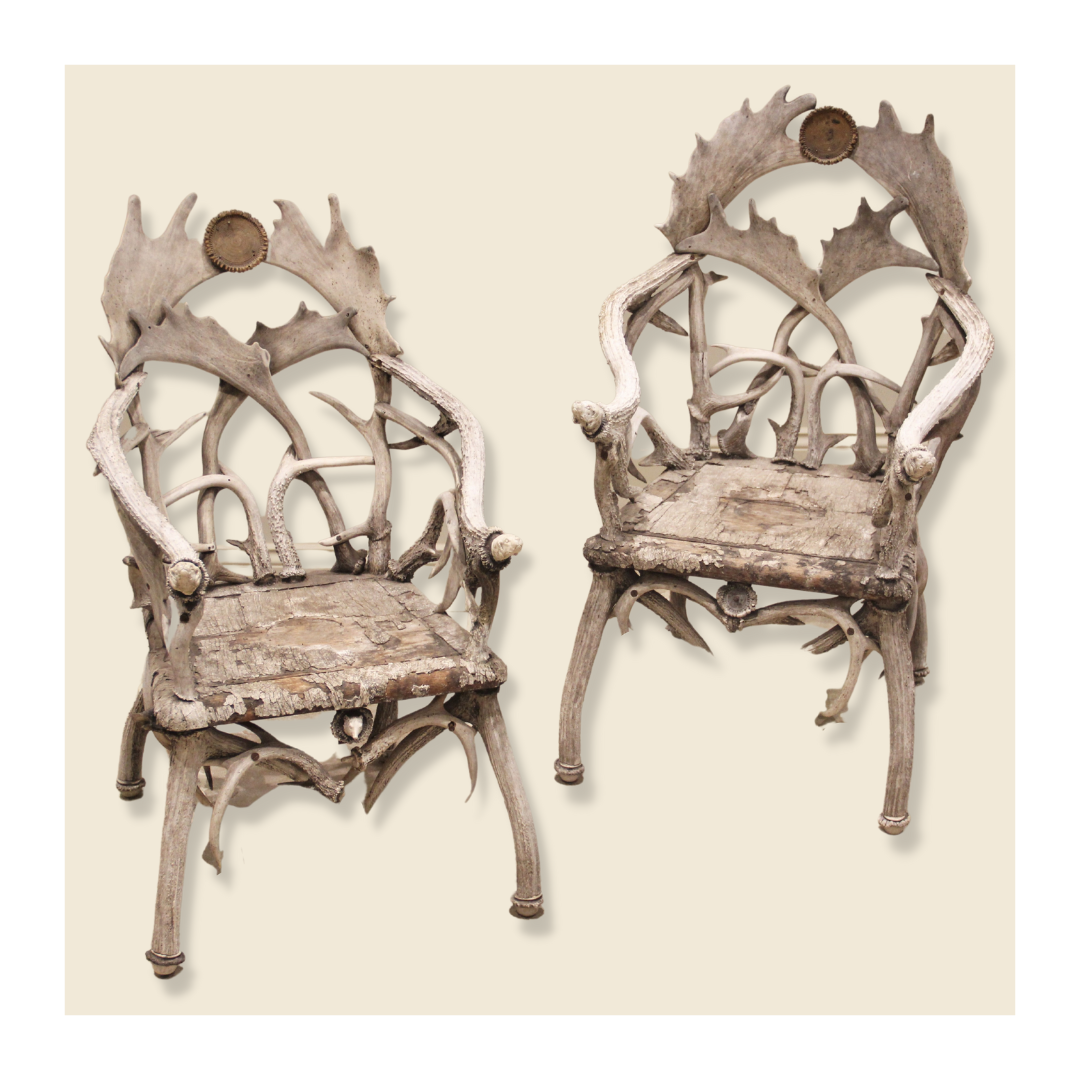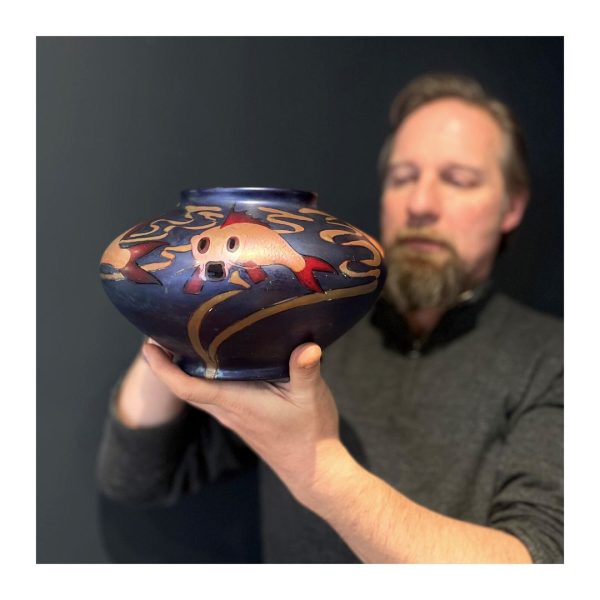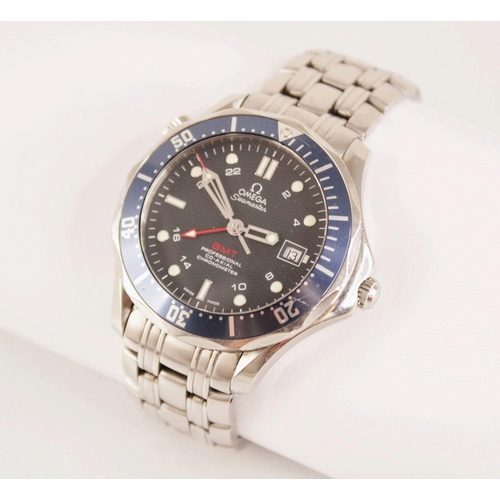Posted on: 21 October 2022
Antler furniture fetches a deer price: October 2022
The penultimate auction of our 2022 calendar was full of triumphs and surprises; while this month’s auction included a selection of more traditional arts and antiques, some of the top prices of the day came from an extraordinary collection of antler furniture. Although looking as if they had been drawn straight from a fantasy novel, the unusual console table and grand chairs were in fact consigned from a private estate in Cheshire, and are thought to have originally hailed from Bostock Hall. The table and chairs garnered a huge amount of pre-sale interest, capturing the imagination of private buyers, art dealers and interior designers alike. On sale day, a flurry of online bids flew in from up and down the country – ultimately however, the table and chairs sold to local collectors for £1900 and £3600 respectively.

Animal horns and antlers were used in home furnishings as early as the 15th century, their natural shapes being conducive for use as clothes hooks, storage racks and even chandeliers, but it wasn’t until the 19th century that they were more widely used in furniture. At first, antler furniture was made almost exclusively for European nobility and used to furnish castles, hunting lodges and country seats. While grand furniture of this kind utilised the natural forms of antlers and horns, it was often further enhanced with ornate carved floral and animal motifs.
Antler furniture saw a boom in the mid-19th century after the Great Exhibition of 1851, where Hamburg sculptor H.F.C.Rampendahl exhibited horn furniture pieces such as bureaus, chairs and sofas. The opulent furnishings captured the imaginations of the ambitious European middle class, and demand for antler furniture saw a massive upswing. Following the Great exhibition, manufacturers from Germany, Austria and the USA began producing antler products, from large scale furniture such as cabinets, chairs and tables, to household ware such as humidors, desk sets and cutlery.

By the 1920’s, the taste for antler furniture had come to an abrupt end, and many manufacturers ceased production. In the last decade however, the market has been reinvigorated by lodge style and cabin décor trends in interior design. While modern reproductions are in high demand, original antique pieces are all-the-more sort after in auction circles, owing to their rarity and high quality craftsmanship.
The top price of the day came from an unusual Art Nouveau earthenware vase by renowned Hungarian porcelain factory Zsolnay. Founded in 1863, the Zsolnay factory gained notoriety for it’s innovative use of materials, in particular the ‘eosin technique’, whereby a secret substance that has been placed on the glazed porcelain is partly burned away. The secret eosin glaze renders porcelain to appear iridescent metallic, in different colours that change with the angle of reflection. Named after the Greek Goddess of Dawn Eos, this technique became a trademark of the Zsolnay brand, and the eosin-based iridescence became a favourite of art nouveau and Jugendstil artists. This technique was exhibited beautifully on this vase in this month’s auction, decorated with iridescent fish against a mottled blue ground. The vase surpassed a conservative pre-sale estimate selling for an incredible £6500 + Buyer’s Premium.

Elsewhere in the sale, a single owner collection of gentleman’s wristwatches fetched the handsome sum of £13,000 + Buyer’s premium. The collection, which came from a large estate in Cheshire, boasted a selection of pieces by important maker’s such as Tudor and Omega. The top price came from a special edition Omega Seamaster GMT Professional Chronometer wristwatch which hammered at £6000 + Buyer’s Premium. The watch was especially designed for members of Britain’s elite Special Boat Service (SBS), a specialized contingent of the UK’s Royal Marine Commandos, and was produced as part of a limited run of 500, only available for purchase to ‘badged’ SBS-qualified members. While most of the limited run are still in the hands of their original owners, a few have reached the collector’s market, generating much buzz when they do. Other lots of note include a Tudor Black Bay ‘Harrods’ Edition wristwatch which made £2600, and an unusual Omega Seamaster ‘Soccer Timer’ wristwatch which sold for £1800.
Call 01948 800202 or email info@trevanion.com to book a free, no-obligation valuation appointment.